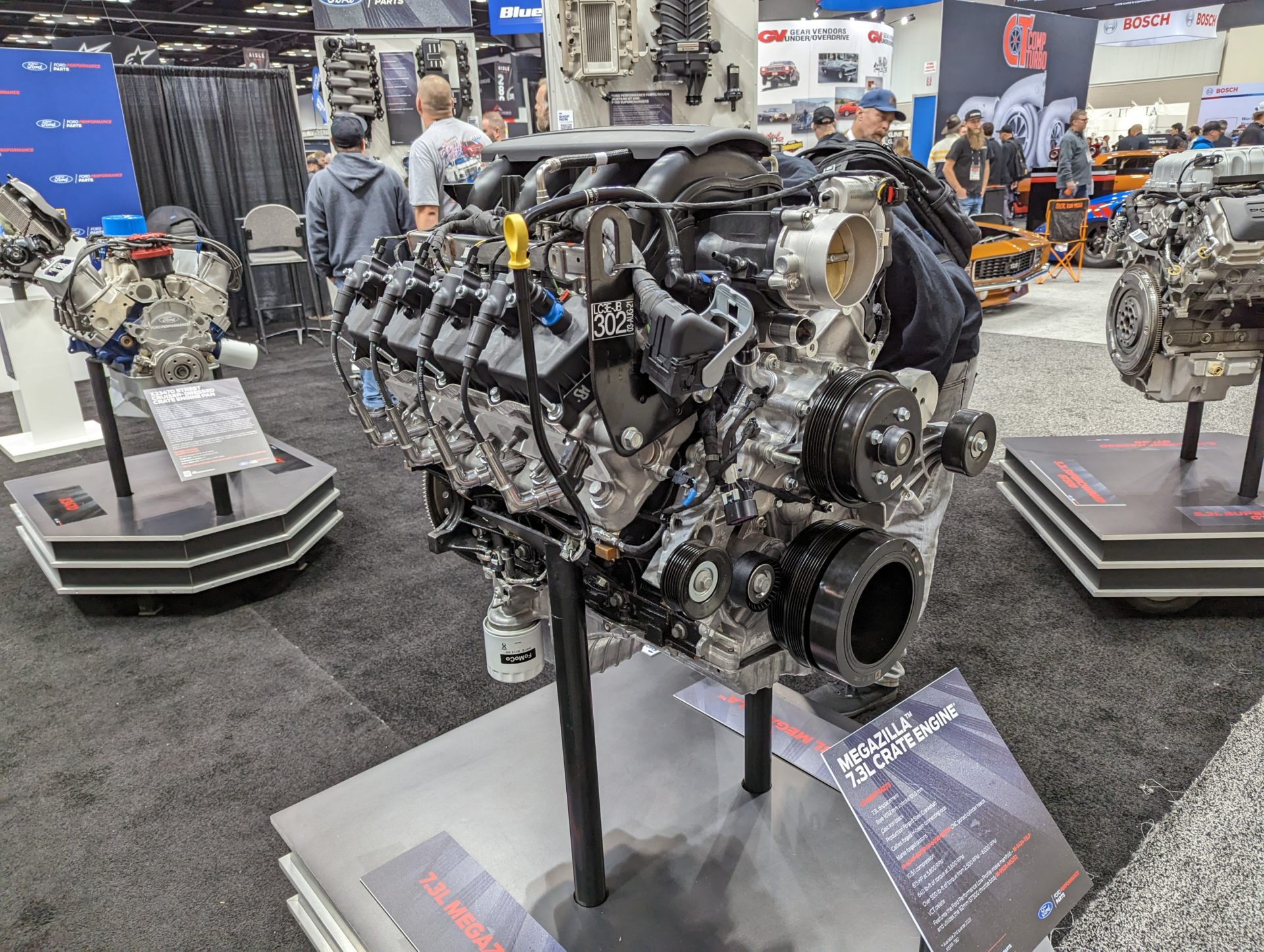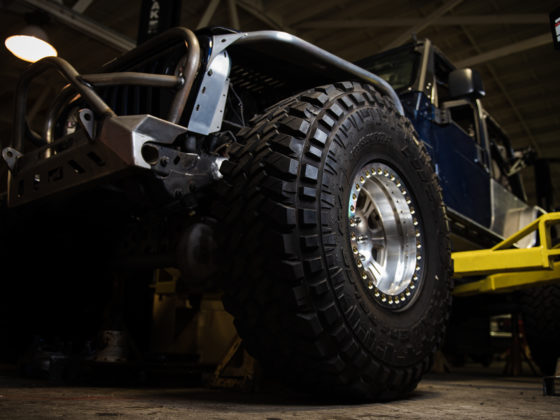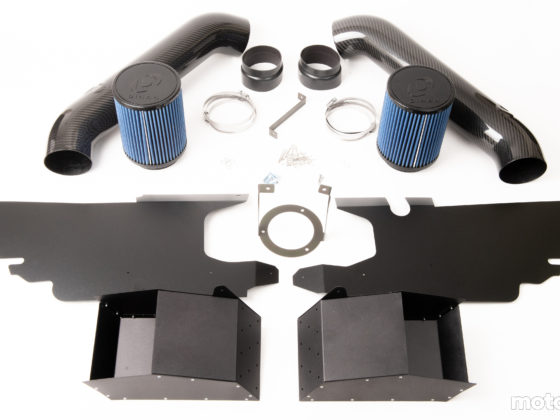
Try as it might, COVID was not able to (completely) ruin the 2022 Performance Racing Industry trade show. This smorgasbord of automotive performance returned to Indianapolis again. Several vendors were noticeably absent (I’m looking at you, MoTeC!) but most of the stalwarts were on hand to display their latest wares.
Unfortunately, your author managed to somehow catch a 24-hour bug. I was laid up for the entire afternoon and evening on the second day but made a miraculous recovery on the third day. Fear not – I was able to visit all of the booths and capture the goodies for you, the valued reader. There may be a little less coverage this year, but I got it done!
Now, on to the show!

Radium Engineering is, without fail, my first stop every year. They are constantly tweaking and doing new things, and 2022 was no exception. Their new catch can and air/oil separator offerings look pretty trick, and I would love to replace the crappy plastic can I have on Project SC300 with one. The new can features large 10AN ports and is easily user-serviceable.
Speaking of Project SC300, you likely remember that it uses a Radium Fuel Cell Surge Tank (FCST). Radium continues to tweak and change things here as well. They recently switched to an injection-molded plastic surge tank and redesigned the FCST to include their own level-sending system. This new sender is shrouded and includes stainless steel components which should reduce the failure rate over time. It does not do anything for damping the signal, though. The Radium top plate now enables more pumps and more pump configurations to be used, including external pumps and non-surge configurations. Radium had previously introduced their own fuel cell line, which now includes a 22-gallon cell.
Don’t forget that Radium also makes lots of fuel pump hanger replacements, and now that list includes Corvettes, too!

Precision Turbo continues to innovate and evolve under the stewardship of parent company Turbonetics, especially in the OEM replacement arena. With new offerings for the Ford Ecoboost Mustang, Focus RS/ST, and various VW and Subaru options, the list is pretty long. For those looking to make obscene power in twin configurations, Precision Turbo introduced 8080 ball-bearing mirror snails capable of making 2900HP. If your budget is a little less than the $6,000 cost of entry for the ball-bearing units, the 6065 journal-bearing mirror turbos are a more cost-conscious offering at about half the street price.

When it comes to harnessing massive power, ProTorque is no stranger to the task. Automatic transmission technology has continued to evolve, and the industry has come a long, long way from the old 4-speed automatic “slush boxes” of yesteryear. Modern domestic Ford and GM vehicles come equipped with 10-speed automatic transmissions. As people start to push more power through these drivetrains (like with those Precision twins!), the factory converters quickly fail to hold up to the task. And, even where the factory converter can get the job done, the X10 does it better. In ProTorque’s testing, they took a turbo Mustang with the 10-speed and changed nothing other than the converter and some tuning, and dropped the ETs from 9.50 into the 8.90s.
This X10 converter from ProTorque is so new that few other specs are available, but you can order these converters from the ProTorque website with various options for stall speeds. Speaking of the website, ProTorque has finally added a converter selection tool. While it may sound trivial, it has been an emphatically demanded feature for quite some time, so it’s nice to finally see the selection tool come to fruition.




4 comments
Thank you.
What are the benefits of titanium exhaust bolts/studs?
Mostly thermal characteristics. Exhausts, especially turbo exhausts, can get very hot. This can result in metal fatigue and failure of fasteners. Titanium has a high melting point and low thermal expansion. Since it doesn’t expand, it tends to hold its torque. I can’t remember who told me the story, but the summary was that they kept having exhaust manifold issues and it turned out that the fasteners were lengthening and losing torque from the heat. Titanium wouldn’t do that.
I never knew what the benefit of Nitrogen in tires was, just that it was ‘the hot new thing for fuel mileage’ for awhile before being called as snake oil.
Reading now, I understand it’s benefit in very specific cases like top tier race teams searching for fractions on fractions of fractions of a second. Neat.
I am always learning something here.